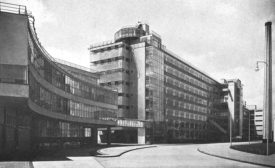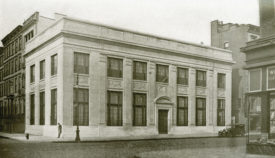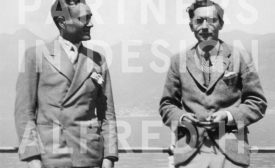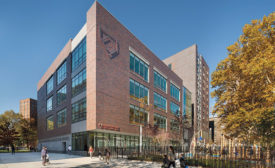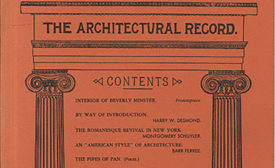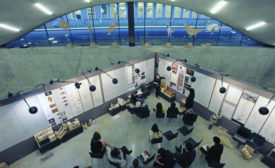Articles by Suzanne Stephens
Lawrence Kocher, Renaissance Man
A longtime editor of RECORD, who was also an architect and teacher, embraced both the past and the future during the development of modernism in America.
Read More
When Modernism Was Young
Historian Kenneth Frampton points to the architectural significance of two early 20th-century industrial buildings.
Read More
Partners in Design: Alfred H. Barr Jr. and Philip Johnson
Modernism's Backstory: A book and exhibition explore the collaboration that brought modernist architecture to America.
Read More
East Harlem Center For Living and Learning
A charter school with an ambitious urban mission stands out with stately simplicity.
Read More
The Formative Years
Architectural Record turns 125 this year. In celebration, we present memorable moments from the magazine’s early days.
Read More
Messner Mountain Museum Corones
A mountaineering museum puts the daunting and spectacular landscape around it into sharp focus.
Read More
Copyright ©2024. All Rights Reserved BNP Media.
Design, CMS, Hosting & Web Development :: ePublishing





